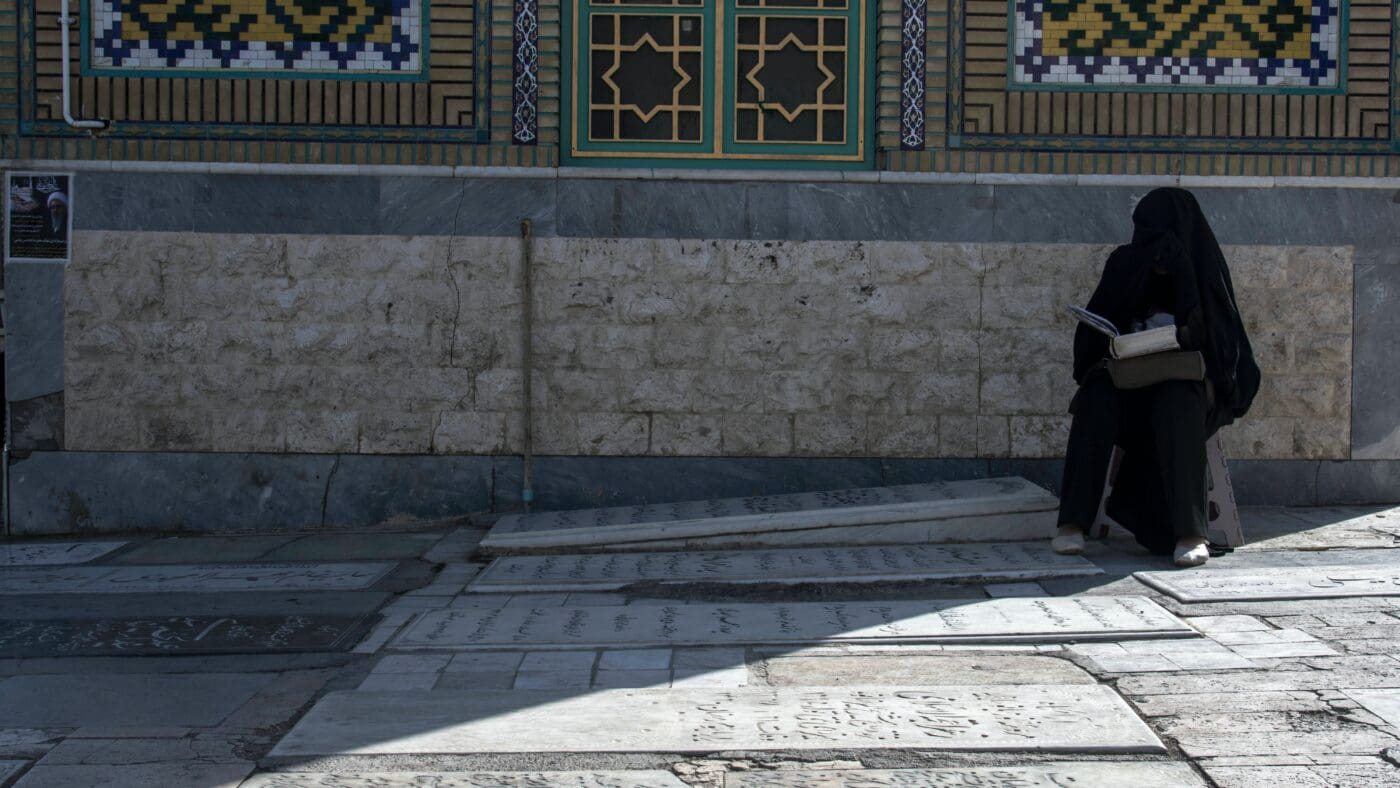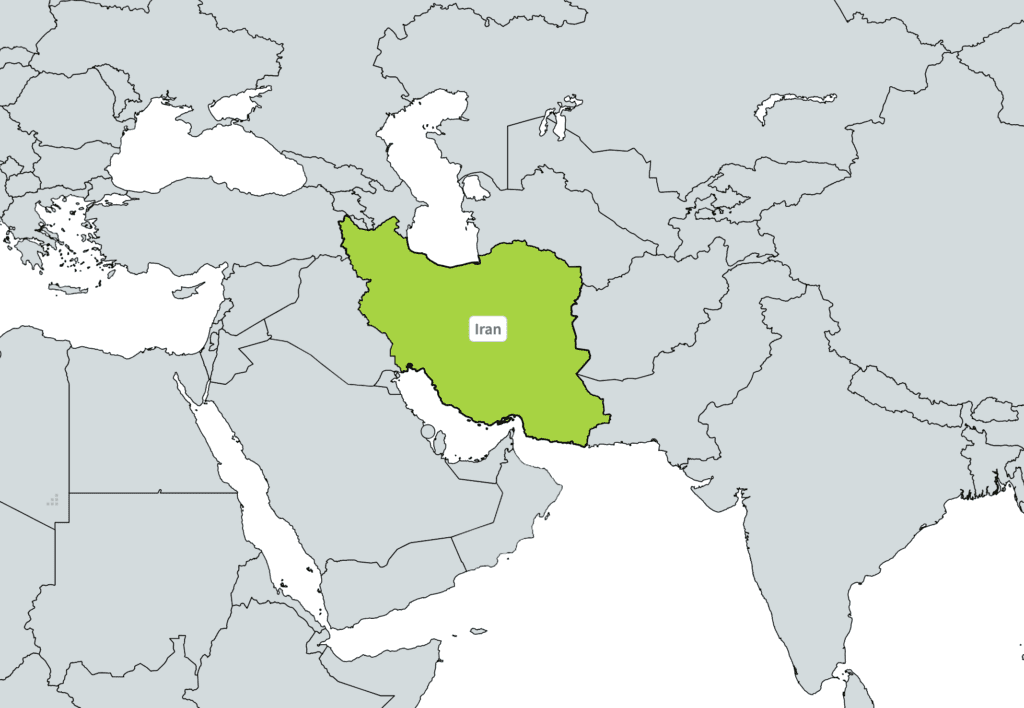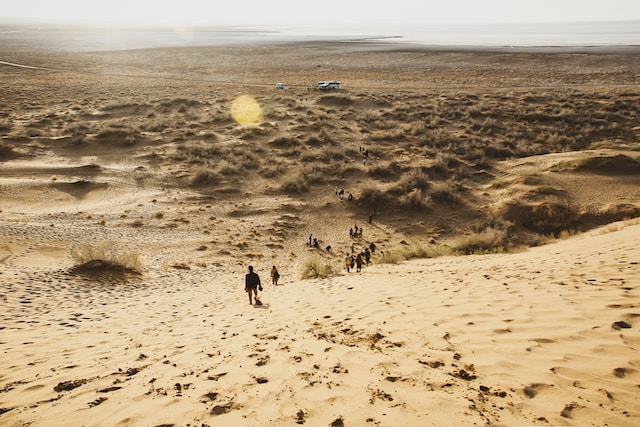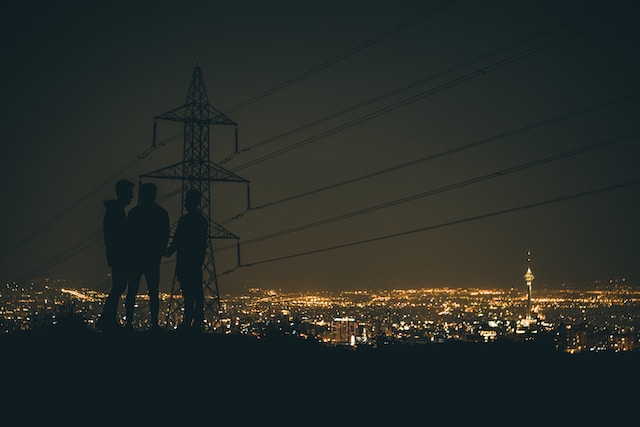
IRAN
Refugees Face Hunger
The Islamic Republic of Iran hosts one of the world’s largest and most protracted refugee populations – mostly from Iraq and Afghanistan. This is straining the country’s food and social systems.
Iran grapples with multiple challenges including economic
downturn, trade restrictions, the pressure from recent displacement crises and a high risk of natural disasters.
refugees and refugee-like populations are in Iran.
refugees live in
informal settlements.
refugees received food assistance
in 2023.
Iran Facts
Population: 87 million people
Geography & Climate: Iran is bordered to the north by Azerbaijan, Armenia, Turkmenistan, and the Caspian Sea, to the east by Pakistan and Afghanistan, to the south by the Persian Gulf and the Gulf of Oman, and to the west by Türkiye and Iraq. Iran’s climate is mostly arid and subtropical.
Economy: Iran ranks second in the world in natural gas reserves and fourth in oil reserves. The country’s economy has a large public sector, and is otherwise dominated by oil and gas production alongside agriculture and manufacturing.

What’s Causing Hunger in Iran?

An Ongoing Displacement Crisis
The massive refugee population in Iran strains the country’s resources. Over 3.4 million refugee and refugee-like populations have lived alongside host communities for the past 40 years
Limited job opportunities, no access to farmland and a ban on keeping livestock mean refugees living in settlements go hungry. Poorly diversified diets and harmful health practices are also leading to chronic health issues like high blood pressure and diabetes.

Drought Drives Hunger
Iran faces intensified climate shocks, including severe droughts, which restrict agricultural production.

Rising Cost of Food
Inflation and increased prices of basic foods, combined with local currency devaluation and reduced job opportunities, have significantly reduced the purchasing power of vulnerable groups including refugees.
WFP’s Work in Iran
WFP has provided food assistance to refugees in Iran since 1987. Although we mainly focus on helping refugees, we also have the operational capacity to support the government in emergency response when sudden-onset crises surpass national capacities.

Through a combination of cash and in-kind food assistance, we cover the daily food needs of food-insecure households. Cash helps refugees afford food, which in turn supports the local economy of settlements because most food vendors are refugees. Cash is supplemented by wheat flour and oil distributions.


Through our school meals program, refugee children and Iranian teachers receive school snacks including milk, biscuits and date bars every day of school attendance. The program supports children’s education and nutrition while helping families’ finances by freeing up money to be spent on other needs.


The U.N. World Food Programme supports a variety of livelihood and income generating activities for refugees across the country. Tailoring workshops, greenhouses, welding classes, bakeries and fish farming are among the livelihood opportunities we’ve made available to refugees.

Help Save Lives by Sending Food
When you donate, you help us deliver critical food relief to the most vulnerable people in Iran and other countries around the world. You can make difference in someone’s life – send food today.